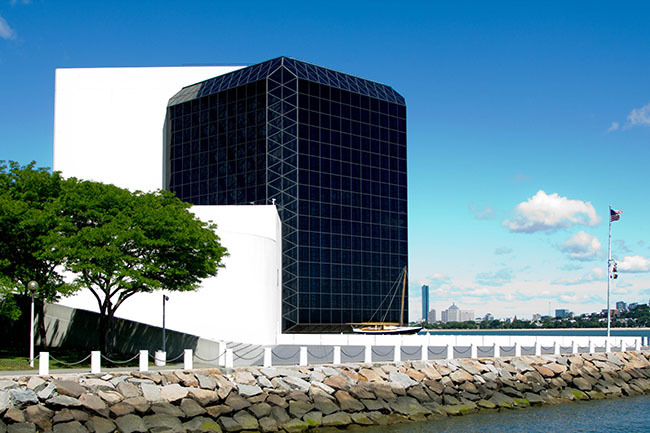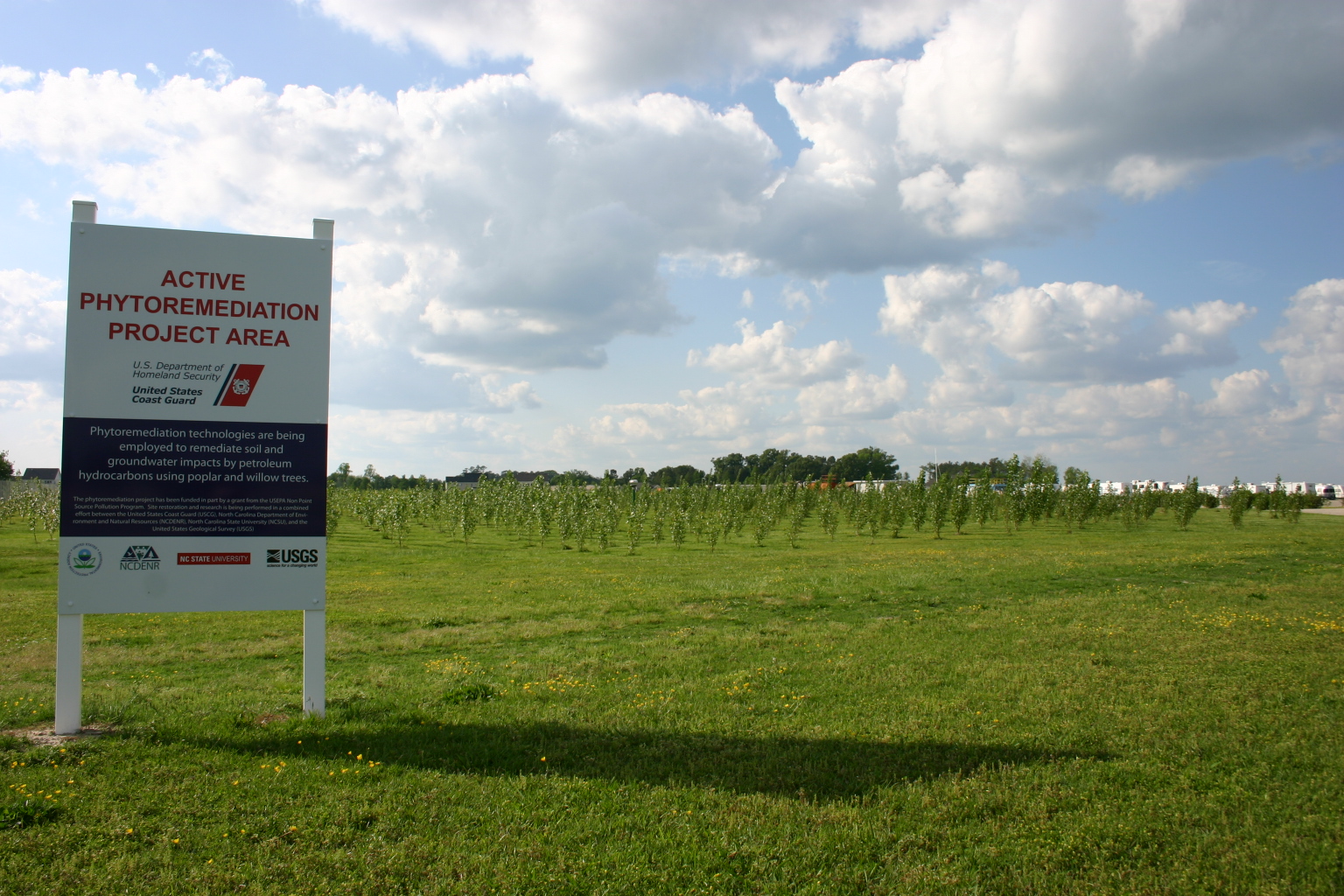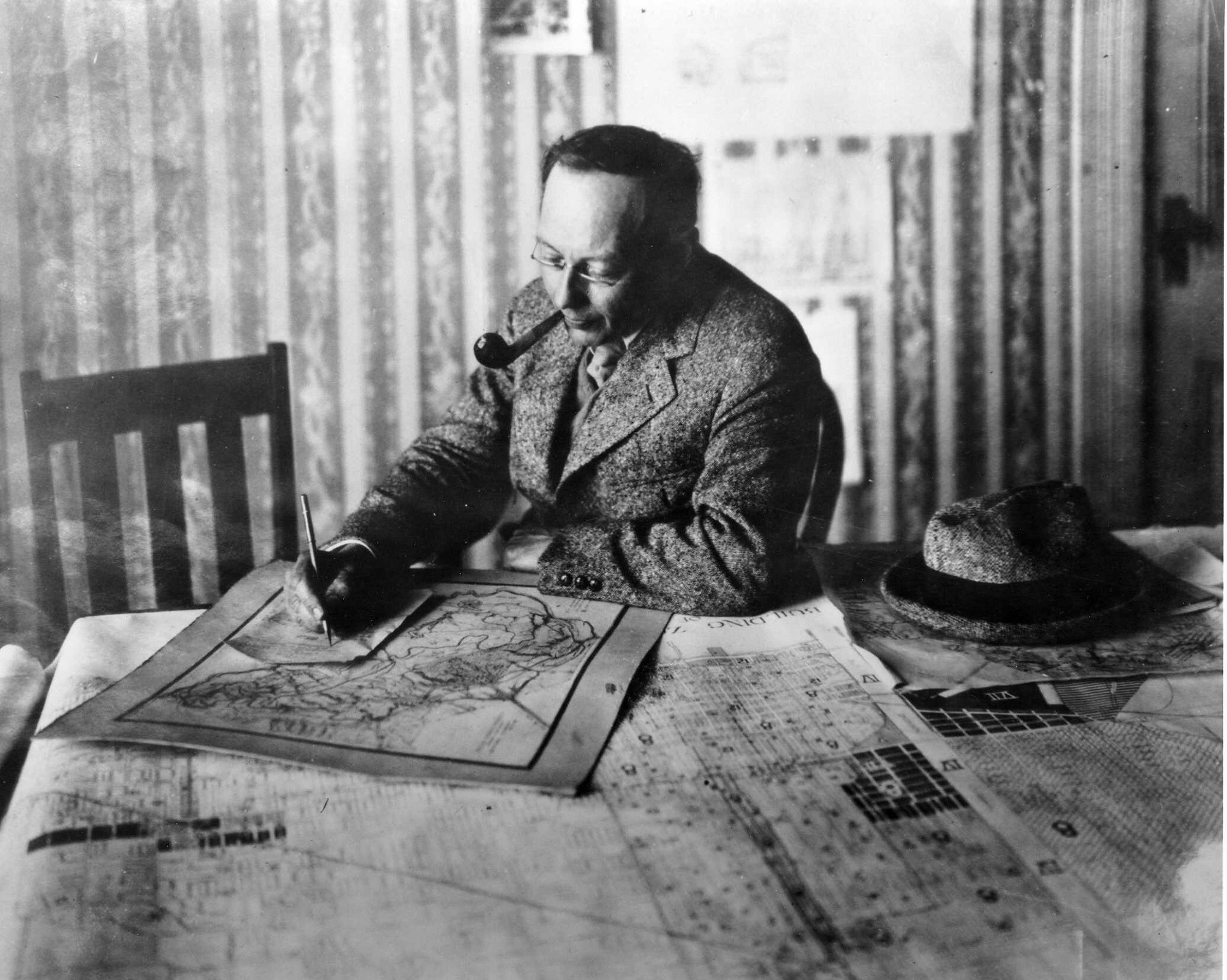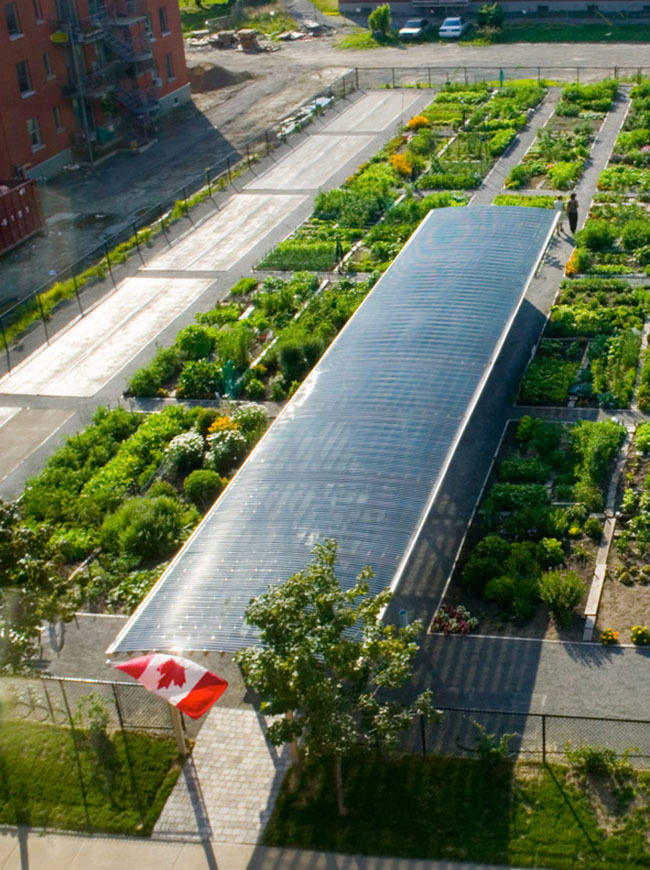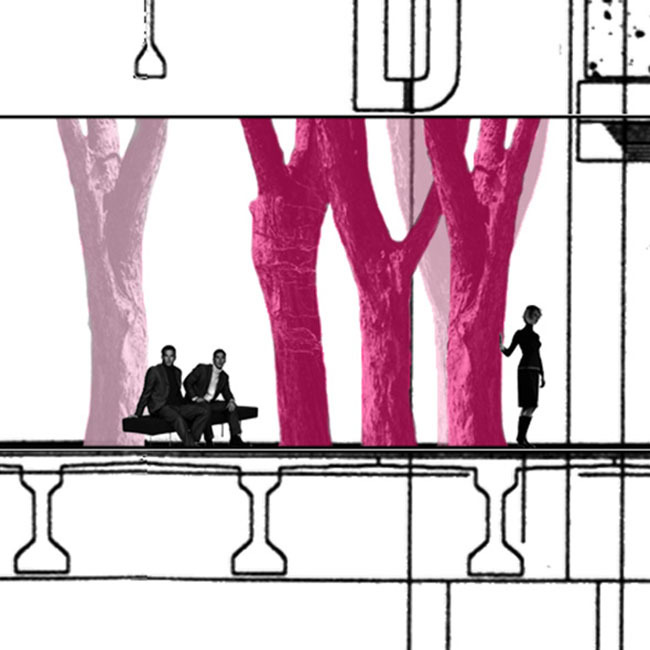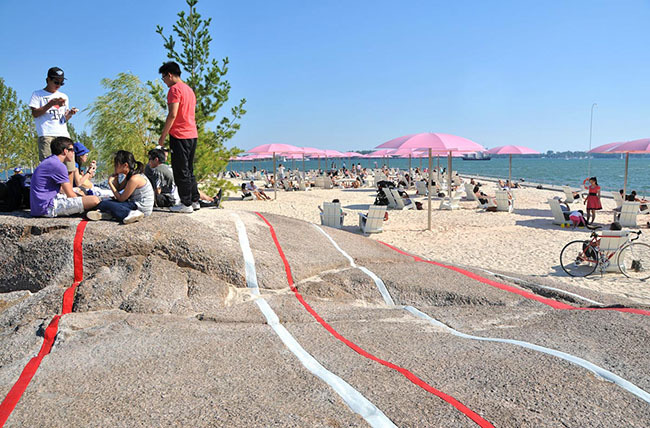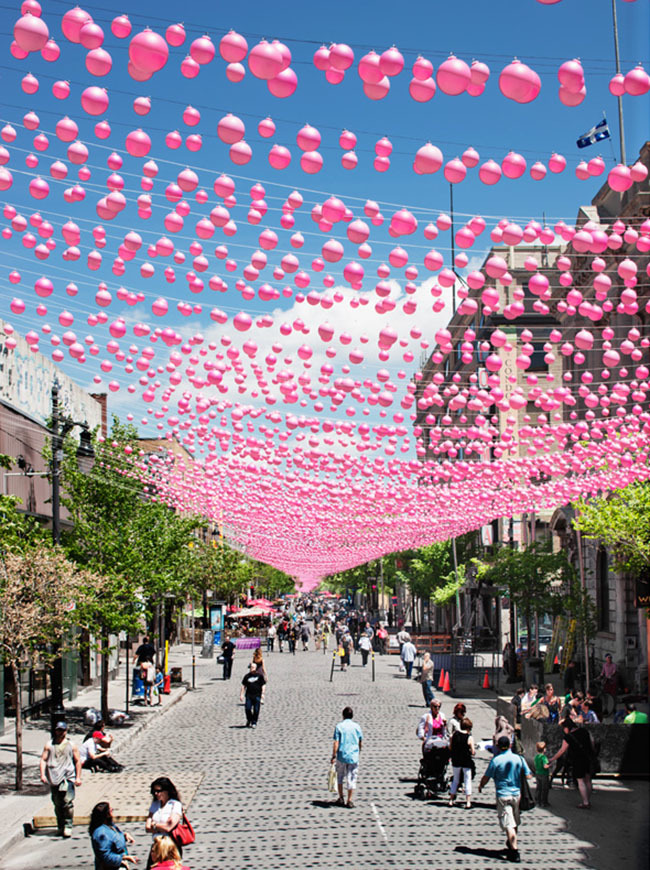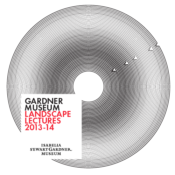Author: CortneyK
Hey Denver, Get to Work! Four Ways to Get Involved with the ASLA Conference
It’s only been two months since the annual conference in Boston, but ASLA is already gearing up for the 2014 Conference in Denver. If you live in The Mile High City, there are many ways to get involved and I highly recommend it. As a Landscape Architect in Boston, I found it to be very rewarding and a great experience to be involved in ASLA 2013. The following are just a few ways to contribute.
Image Courtesy of the Author
Submit a proposal for a Field Session
Denver Landscape Architects, you know your city the best. So take the time to share what you know with the rest of us and put together a Field Session! For ASLA Boston I took the lead to round up a great team of designers, planners, and non-profits involved with the design and construction of the Rose Kennedy Greenway. Copley Wolff Design Group, the office I currently work for, was partnered with EDAW, to make one of three design teams responsible for one of the major nodes of the Greenway, the Wharf District Parks.
I started working with the Principals at CWDG as well as the local Boston ASLA Education Session coordinators in early 2013 in order to pull in the critical speakers and craft a succinct and thoughtful Field Session. The session was titled ‘The Rose Kennedy Greenway: A Harmonious Composition Shaped by Distinct Parcels’ (Handout Link). Remember Denver! Education & Field Session proposals are due January 30.
Video Courtesy of BSLA
Volunteer to work on the ACE Mentor Legacy Project
Not everyone may be aware, but in 2008 ASLA introduced the Legacy Project, a program that selects a local project in the hosting city in need of assistance from ASLA and the EXPO Vendors to make critical landscape improvements. The Legacy Project was established as a way for ASLA to thank the hosting city. In Boston, the Patrick J. Kennedy School located in East Boston was selected to receive a new schoolyard.
A team of volunteers from the Boston ASLA chapter and the ACE Mentor Program were assembled to coordinate a charrette, develop a final design, prepare cost estimates, solicit donations and ultimately pull together a team to implement the design in the spring.
The above three-minute video that premiered at the General Session was a critical piece to the Legacy Project’s success. The video is a way to describe the project and act as a thank you to ASLA and the EXPO Vendors for their support. Early in last fall, I volunteered my time to help produce a video about the P.J. Kennedy project by assembling the necessary video equipment and camera operators. I also prepared the footage and helped edit the final video.
To keep up to date on the Boston ACE Mentoring Legacy Project, please visit their blog.
Image Courtesy of Kero Photography
Contribute to the Landscape Architects Guide to Denver
In 2012, ASLA put together The Landscape Architect’s Guide to D.C., initiating a new tradition to showcase all the amazing landscape architecture sites in the convention hosting city. I had the opportunity to contribute to the The Landscape Architect’s Guide to Boston for the Dorchester neighborhood, which includes The John F. Kennedy Presidential Library and Archive designed by Dan Kiley. Contact Jared Green at ASLA for more information.
Image Courtesy of Land8
Write for Land8
Give Land8 readers your take on the Convention. Write about your favorite Education Sessions, how you got involved with ASLA, or how the conference inspired you. See Land8’s post on how to become a writer.
The 2014 Convention will be here in no time, so Denver, get to work!
This concludes Cortney Kirk’s ASLA 2013 Recap Series. Check out her previous blog posts here.
Lead image via StoneWolfPhoto
Love Your Soil: What I Learned from ASLA 2013
November’s ASLA conference turned a spotlight on soils this year and offered several educational sessions on developing and promoting healthy soils. Two of my favorite sessions included Phytotechnologies for Landscape Design: Using Plants to Clean Up Contaminated Sites, and Path of the Pioneers: Cultivating Native Prairies and Native Lawns and Soil Biology. Both sessions spoke about the importance of soils, from its environmental benefits to its essential functions as a structural material.
Image Courtesy of American Society of Landscape Architects
Phytotechnologies for Landscape Design: Using Plants to Clean Up Contaminated Sites (Link)
Presented by Niall Kirkwood and Kate Kennan, Phytotechnologies for Landscape Design walked attendees through the usual contamination suspects as well as how to use phytotechnology, such as phytoremediation, to clean up a site. The above phytotechnology chart maps a contaminate in relation to the clean up’s estimated success rate and time frame. The chart also includes suggestions for possible phytotechnological mechanisms.
Image Courtesy of ideonexus.com
According to Kennan’s presentation, organic contaminants such as petroleum, volatile organic compounds, and solvents could be cleaned up within zero to ten years using phytovolatilization, phytodegredation, rhizodegredation, or a combination of the three. Kennen showcased the ongoing research from Jaco Vansgroveld, Hasselt University; Dr. Elizabeth Nichols and Dr. Rachel Cook from NC State University; and research from Missouri S&T. Each researcher or institution has documented experiments using a variety of plant materials such as poplars, willows, and grasses for brownfield cleanup.
Image Courtesy of The Graduate School of Design at Harvard University
Kennen and Kirkwood also presented several of their own design typologies as a kit of phyto-parts, such as the Degradation Bosque. Diagrammatic images were created to give designers an easy visual resource to pick and choose which parts they want to use on a contaminated site. These design typologies will be featured in depth in their upcoming book Phyto for Landscape Design, scheduled for publication in Fall 2014.
Image Courtesy of MVVA
Path of the Pioneers: Cultivating Native Prairies and Native Lawns and Soil Biology (Link)
Presented by Herb Sweeney, Betsy Ross and Michael Bosco, Paths of the Pioneers, dove deep into the role of bacteria, fungi and the soil food web. The superior landscape architect understands soil as a living system–not just dirt that gets pushed around. Greater knowledge of soils can guarantee the longevity of the design and help contractors quickly turn desolate, unproductive projects into rehabilitated and lush vegetation without the use of man-made chemical fertilizers.
Image Courtesy of MVVA
The speakers focused the presentation around native prairies and lawns, specifically Betsy Ross’ grass fed-cattle farm in Grainger, TX and the George W. Bush Presidential Center in Dallas, TX. Though the two projects have different programmatic uses, they both require a high understanding of soil health to preserve a true prairie landscape.
Image Courtesy of Andy Sharp
Ross pays careful attention to soil management in order to produce grass fed beef of the highest quality. She strongly believes that the quality of her beef derives from a diet of native Texas prairie maintained without chemical fertilizers. If you want your prairie to survive, she says, an understanding of the bacterial to fungal ratio is essential. To maintain the prairie, one needs to prevent the land from evolving into an emergent woodland. Ross recommends using a .75 to 1.5 ratio of fungus to bacteria in the soil mix.
Image Courtesy of US News
The use of liquid biological amendments and liquid compost extracts are two ways to naturally supplement a soil based on the plant type in a designed landscape. At the George W. Bush Presidential Center, MVVA enlisted a soil science team early in the design process to help with engineered soil, compost selection, and even a planting mock up that would remain onsite for an entire year prior to construction.
Image Courtesy of Architectural Record
These two education sessions at ASLA 2013 were very insightful and eye-opening lessons on the relationship between soil science and landscape architecture. As our world rapidly develops, natural soils are being destroyed at an alarming rate. This destruction will hinder our ability to grow new food and plants. But there is a glimmer of hope! As landscape architects, we are in a position to take action to prevent such soil destruction and grow healthy, biologically active soils.
Lead image via NRCS Soil Health
How ASLA 2013 Sent Me On a Quest for Frederick Law Olmsted, Jr.’s Writing
Even though it’s been nearly a month after the 2013 ASLA conference, I still feel very inspired by what I’ve learned. Thanks to all the wonderful presentations and people that I’ve met, I left the conference with a newfound interest in soils, detailing, and technology; all of these topics have since helped inform my design decisions at Copley Wolff. I strongly recommend the conference to all landscape architects.
Image via Friends of Maryland’s Olmsted Parks & Landscapes
At the very first session I attended, Landscape Forensics: Why Things Fail, panelist Tom Ryan asked a question that stayed with me throughout the entire conference. Ryan, who spoke about the importance of detailing in the design process, asked the audience if anyone had ever read Frederick Law Olmsted Jr.’s article in Landscape Architecture Magazine‘s first issue. As far as I could see, no one raised their hand. He went on to explain that in that article, Olmsted Jr. wrote about the critical role detail can play in a project and how his findings could still be applied to design practices today.
For the next couple of days, I continued to wonder about what Olmsted Jr. had written. What kinds of “old school” details would still be relevant today? Did he mastermind a project by way of one critical detail? I knew I had to find that article, and luckily got my hands on a copy at the Boston Architectural College library.
Olmsted Jr. actually wrote three pieces in the first issue: ‘Street-Traffic Studies’, where he explains why he prefers the simple four-way cross street over alternatives such as the roundabout; ‘Notes Upon the Sizes of Steps Required for Comfort,’ in which he graphs and calculates the ideal tread-riser ratio for a comfortable flight of stairs; and ‘Soil Improvement and Irrigation on the Boston Common,’ where he addresses soil and irrigation concerns. In each of these three articles, Olmsted is thorough in his analysis and uses graphs, diagrams and calculations to prove his point.
For Olmsted Jr., it’s evident that the devil is in the details. As landscape architects, we face the difficult task of balancing our time between the big picture and the details. If you’re interested in reading his articles, check out the online Google Book of the issue. Have any thoughts on his analyses? Let us know in the comments below!
Lead image via Wikimedia
Inside the Landscape Architecture Studio With Claude Cormier Associés | ASLA 2013 Recap
Montreal-based landscape architecture firm Claude Cormier Associés is one of the hottest practicing firms today. Winner of multiple design awards, this internationally recognized practice is famous for celebrating the manmade nature and purposeful abstraction of the landscape–a notable evolution from the naturalistic styles of Frederick Law Olmsted. This year, the firm also led a special “Inside the LA Studio” session at the ASLA 2013 Conference, where they expounded on their design philosophies and approach to landscape architecture.
According to Claude Cormier Associés, if “landscapes are constructed…they should look the part.” The firm’s playful and bold designs seek to spark strong reactions and new relationships between people and place. In the session, founder Claude Cormier and associates Sophie Beaudoin and Marc Hallé shared fifteen core ideas that guide their work as well as the importance of the 3 ‘P’s.
Claude Cormier Associés’ 15 Core Ideas
1) Start small.
2) Be motivated by DESIRE, not by fear.
3) Nostalgia is a KILLER.
4) Ideas should be strategic, flexible, and
o p e n to the unpredictable.
5) Artificial but not fake.
6) Be complex, not complicated.
7) SUBSTANCE over style — avoid trends.
8) Don’t do everything in one project.
9) HUMOR – Joie de vivre – Générosité.
10) Render visible ‘invisible’ phenomena.
11) Landscape is autonomous and NOT an extension of architecture.
12) Landscapes are for people.
13) Color is not a decoration.
14) Step back, observe, listen.
15) The garden is about experience, not plants.
Give them what they want…and a bit more!
Citing Bruce Mau as a major influence, Cormier identified the three Ps that determine the success of a project: People, Project Interest and Profit. As long as a project touches at least two of the three areas, it’s considered is a success–if it’s all three, all the better. Cormier presented three Pink projects to highlight each of the P elements:
Though Cormier and Associés did not enter the original design competition for the Palais des congrès, they were invited to contribute a small installation piece. When budget cuts threatened to stop construction, the firm brainstormed ways to sell the project. Drawing a connection to the Montreal logo and a set of pink lips, the firm decided to paint the trees pink and pitch the ‘Lipstick Forest’ to the MAC make-up company, who bought into the concept and helped the project turn a profit.
Combining influences from Seurrat’s “Sunday Afternoon on the Island of La Grande Jatte,” the Porter Airlines flight path into Toronto, and the neighboring sugar factory, Claude Cormier developed Sugar Beach. Cormier also tipped his hat to two of his biggest design influences, Martha Schwartz and Frederick Law Olmsted. A large outcropping and pink umbrellas unite the people of Toronto with a stunning waterfront view. The success of Sugar Beach even influenced a Porter Airline advertisement with their signature raccoon under a pink umbrella.
Despite city opposition, Cormier and Associés persisted in not only developing a community involved installation, but a project that turned a derelict Montreal neighborhood in a desirable location to live. The success of Pink Balls inspired the subsequent work of various Canadian artists, including ‘Memorama’ and the short film, Les Boules Roses. Future plans to expand upon the ‘Pink Ball’ concept in the spring include the use of pink garbage bags by businesses and citizens along Sainte-Catherine Street East.
A peek into the inner-workings of the studio by way of an Inside the Actor’s Studio format, was a refreshing break from a traditional conference session. It is obvious that Claude Cormier and Associés love what they do. I was especially impressed by Mr. Cormier’s life story, from the farm boy with a dream to develop his own plant to the founder of one of the most famous landscape architecture firms today.
Lead Image viaLandscapeVoice. Other images via Claude Cormier Associates
Gardner Museum Landscape Lectures Announced | Boston, MA
Following the Composite Landscapes Exhibit, the Isabella Gardner Museum has announced the schedule for the 2013-14 Landscape Lectures. This is the second year of Landscape at the Gardner event programming featuring lectures by esteemed Landscape Architects Gary Hilderbrand, Cornelia Hahn Oberlander, Laurie Olin, and Andrea Cochran. These lectures sell out quickly, so don’t delay purchasing your ticket from the Gardner Box office. Lectures begin at 7pm in Calderwood Hall.
Gary Hilderbrand (9/26)
Cornelia Hahn Oberlander (11/7)
Laurie Olin (2/13)
Andrea Cochran (4/10)
For information on the past 2012-2013 lecture series please visit The Gardner Museum website.
Login
Lost Password
Register
Follow the steps to reset your password. It may be the same as your old one.





